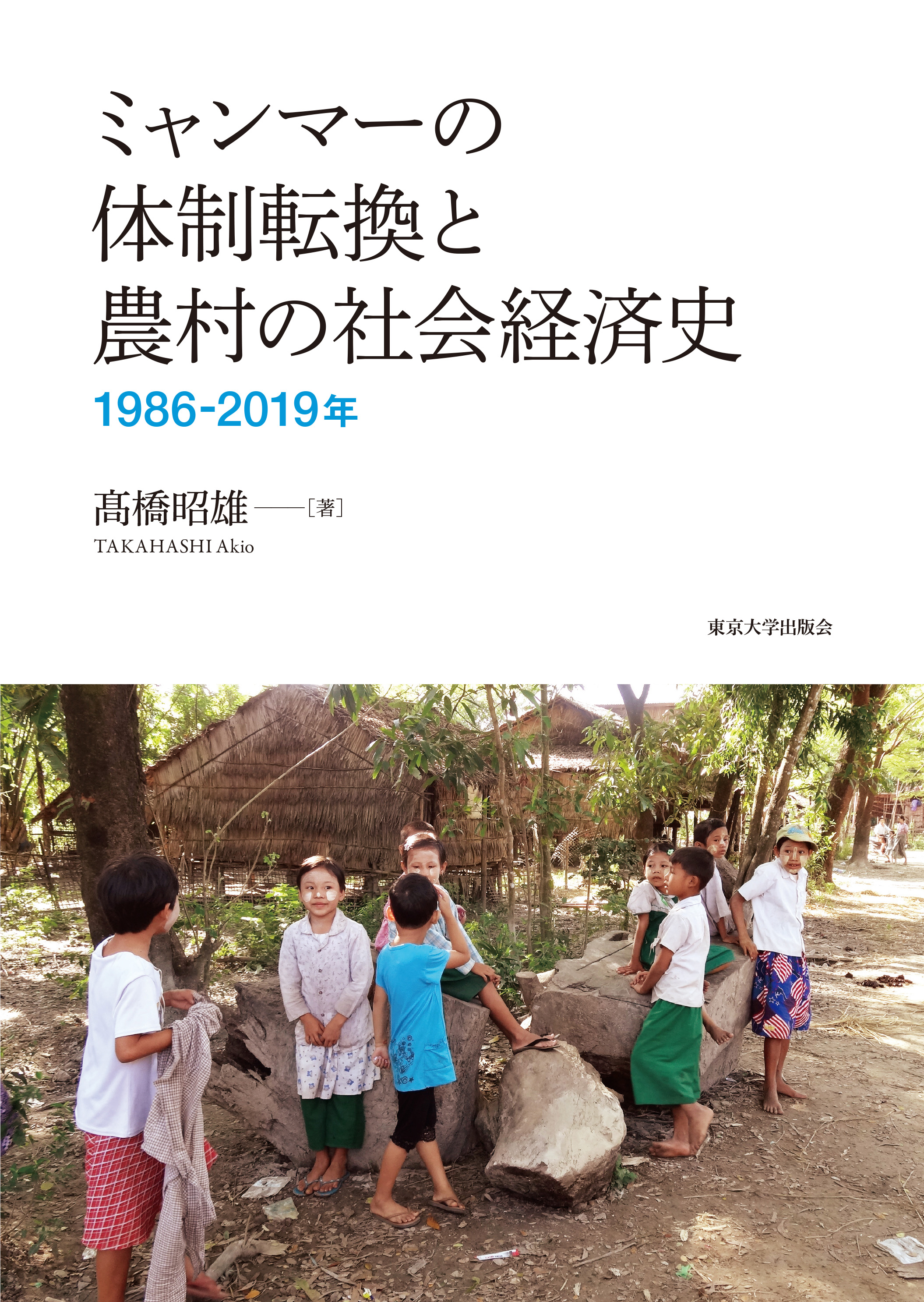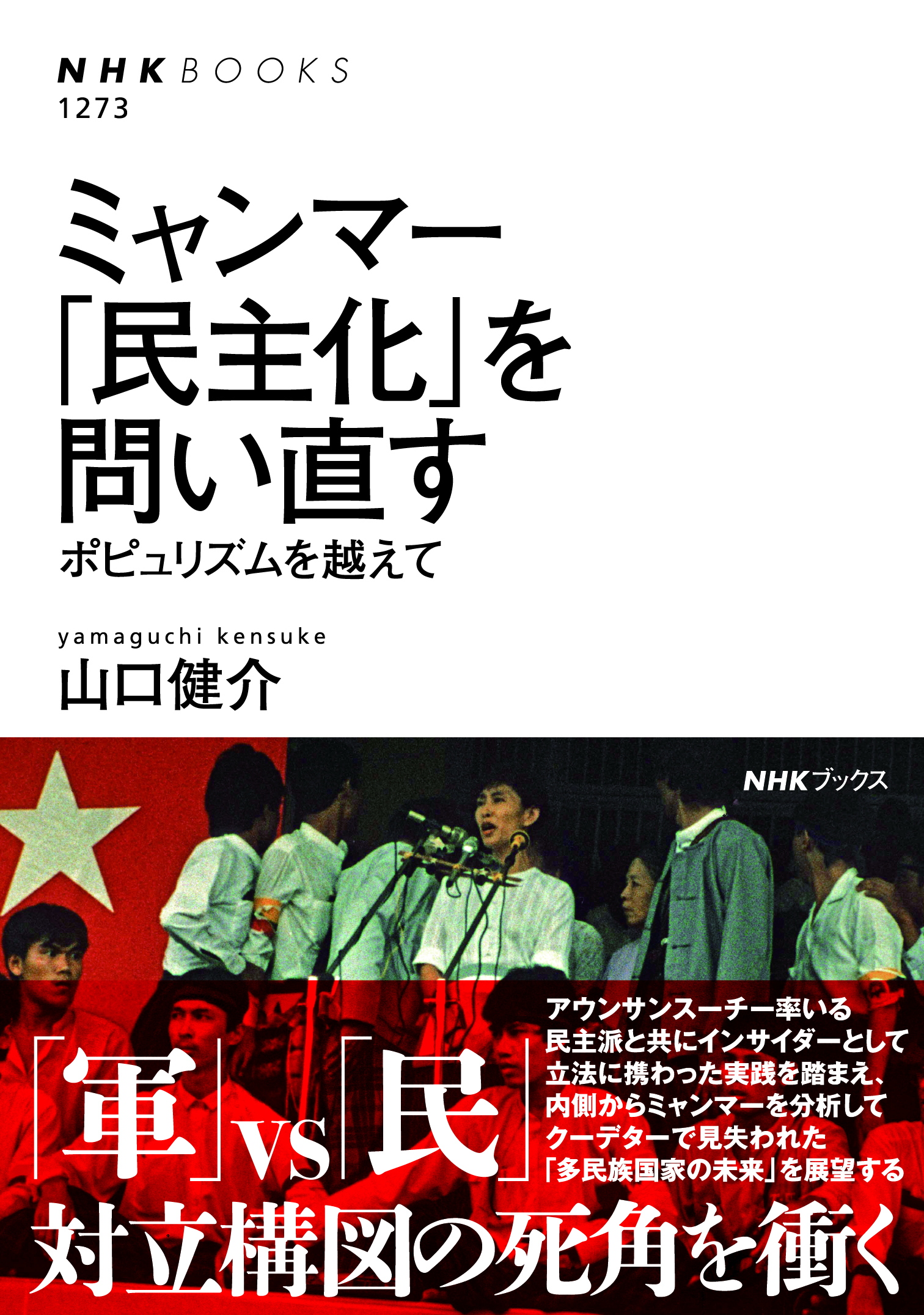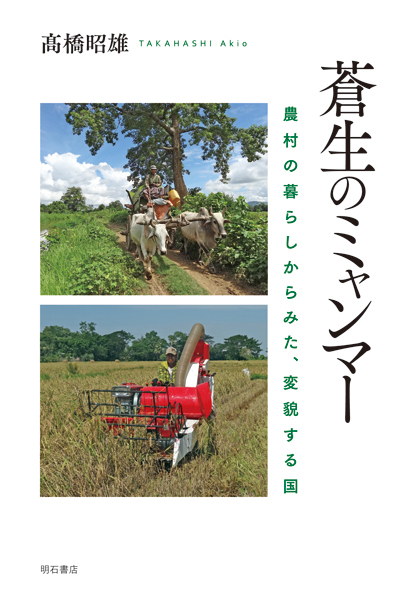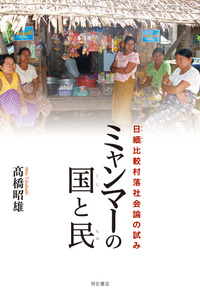
Title
Myanmar no Taiseitenkan to Noson no Shakaikeizai-shi (Régime Change in Myanmar and the Socio-economic History of Its Rural Areas: 1986–2019)
Size
304 pages, A5 format
Language
Japanese
Released
February 26, 2021
ISBN
978-4-13-040296-5
Published by
University of Tokyo Press
Book Info
See Book Availability at Library
Japanese Page
This book provides a fresh perspective on the transformation of the agrarian economy and the basic structure of rural society in not only Myanmar but also contemporary Southeast Asia as a whole.
Shortly after I began a socio-economic survey of rural villages in 1986 in the final years of the “Burmese Way to Socialism,” two questions sprang to mind. One was that, whereas Myanmar (Burma) was an agricultural country and farmers ought to be living in rural villages, the proportion of farm households among the total number of village households seemed to be surprisingly small—why was this so? Secondly, villages in Myanmar seemed not to be villages; at least, they constituted communities that were completely different from the Japanese village where I had been born and raised as the eldest son of a full-time farm household—why was this the case? Since then, I have visited more than two hundred villages throughout Myanmar, and this book is an attempt to answer these two questions while referring also to prior studies in Japanese, English, and Burmese.
With regard to the first question, I discuss the transformation of rural society during the thirty-three years from 1986 to 2019 from the perspective of “de-agrarianisation.” As for the second question, I elucidate the basic structure of village society in Myanmar, which is founded on principles completely different from those of rural society in Japan, and while doing so I demonstrate the “absence of village collectives (kyōdōtai).”
In the introductory chapter, I divide Myanmar’s contemporary history into four periods—the period of civilian government after independence, the period of the Burmese Way to Socialism, the period of military rule, and the period of democratization—and compare the political and economic systems in each period. In chapter I, I reorganize the history of agricultural policies in Myanmar in terms of the history of changes in the three pillars of the system of state ownership of farmland, the system of mandatory sale of produce to the government, and the system of programmed cultivation, and I summarize the history of rural policies with a focus on the system for implementing the village laws of the colonial period. With this as a premise, in chapter II I make full use of various socio-economic statistics to discuss de-agrarianisation at a macro level. In chapter III, I describe in detail on the basis of my surveys of individual households changes in population, employment structure, landholdings, agricultural production, and the lives of villagers as consumers in two villages where I have continued to conduct surveys since 1986 down to the present day, and I verify de-agrarianisation at a micro level. In chapters IV and V, I discuss the progress of de-agrarianisation in these two villages due to the economic repercussions of the flourishing state of Buddhism and to intense population movement, respectively. On the basis of the above surveys and research, I show that even in Myanmar, said to be an underdeveloped agricultural country, de-agrarianisation is definitely advancing and changes in rural society can be characterized by this de-agrarianisation.
In chapter VI, I construct a theory of Myanmar village society by combining the “thesis of objective groups” and the “thesis of subjective recognition.” In contrast to Japan, where various groups accumulate and the “spirit of the village” unifies the village, villagers in Myanmar perceive the individual through dyadic relations between individuals. These are likened to kinship relationships, and these networks build up within villages through the “logic of frequent contacts” and there is established the village as “relatives of the place.” In chapter VII, I compare villages in Myanmar and Japan from various perspectives such as land management, tax in kind, maintenance of irrigation and drainage, village funds, confraternities, religion, etc., and demonstrate that Myanmar villages are not collectives for production as in Japan but are mere communities for living. In my view, this “theory of the absence of collectives” can also be applied throughout Southeast Asia except in North Vietnam and Java.
(Written by TAKAHASHI Akio, Professor and Director, Institute for Advanced Studies on Asia / 2021)



 Find a book
Find a book


 eBook
eBook

